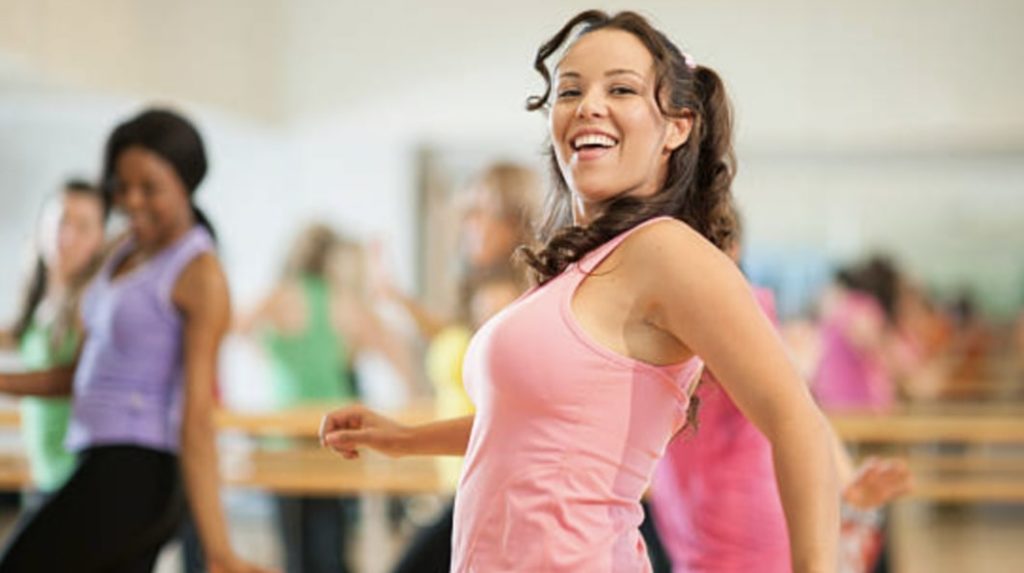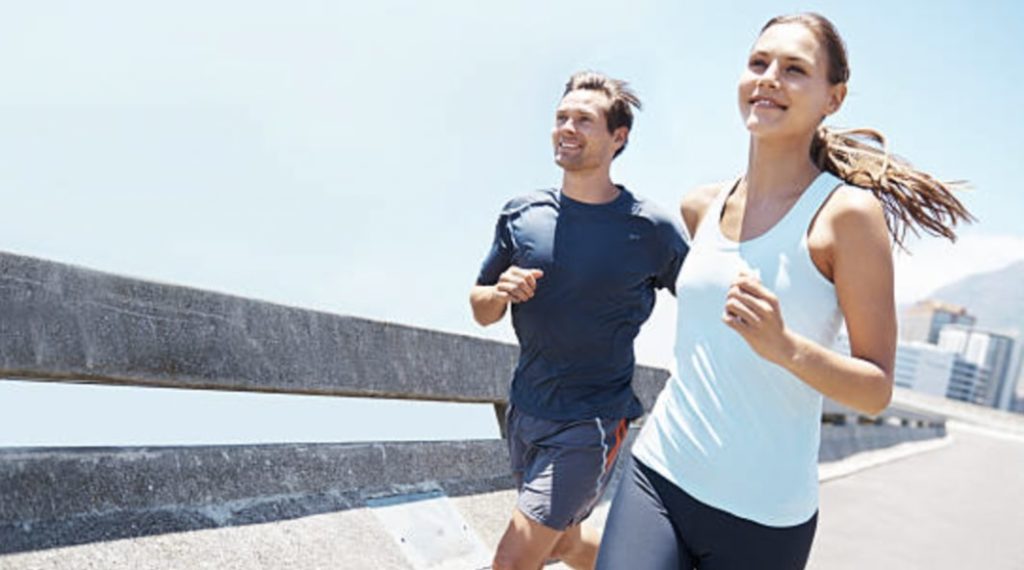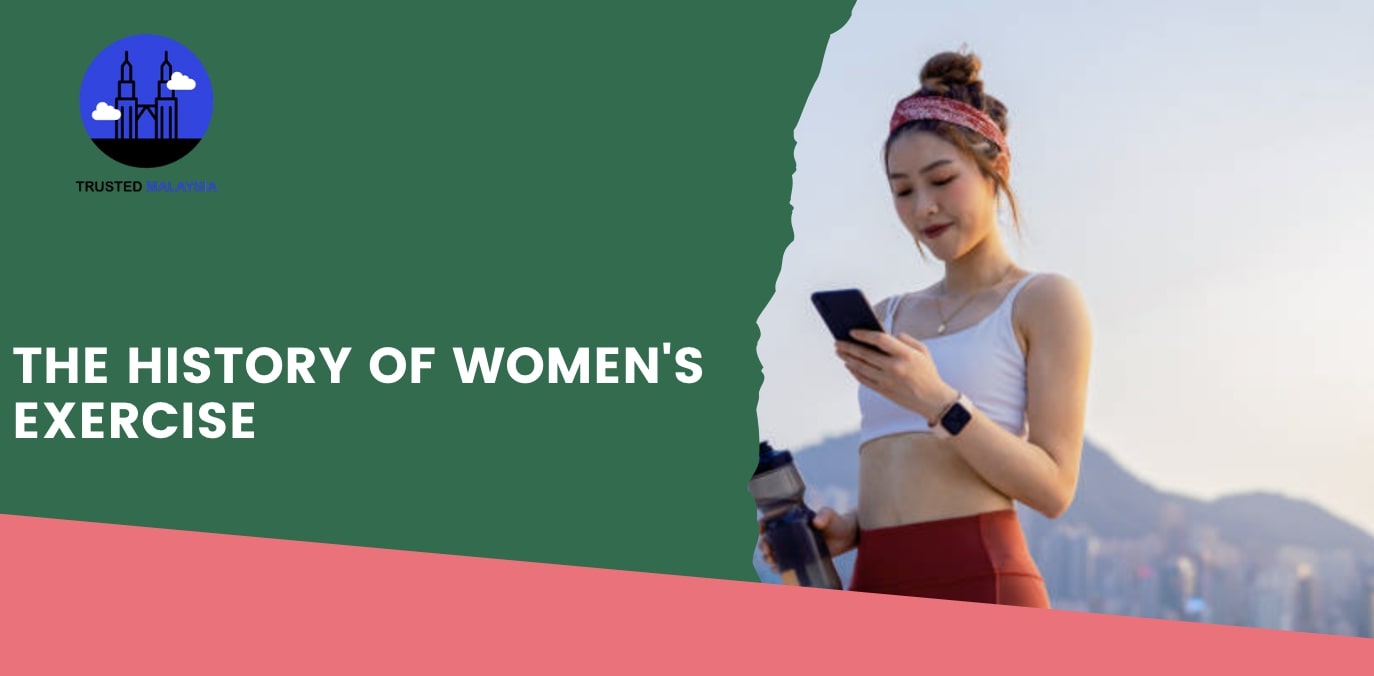The History of Women’s Exercise
It’s splendid that many women have been shining in politics, film, art, business, and even athletics.
So won’t it be interesting to know the history of women’s exercise—how it started and evolved through the years until now? Read on as this is what today’s guide is all about.
1910 to 1920

It all began in the 1900s when women did stretching in long skirts. At that time, exercise and sweating were still perceived as unnatural for women.
Stationary bikes and rowers weren’t around until 1910 to 1920. But this costed a fortune back then, so most women didn’t have that much an opportunity to exercise.
In 1920, the Vibro-slim became a hit. It’s like a platform on which a person stands that shakes in order to work off the excess calories.
1930 to 1940
A decade later, a fitness organisation, namely the Women’s League of Health and Beauty, was formed to encourage women to exercise.
Then, in the 1940s, standard weight exercises were introduced and women learned how to do them to aim for a leaner body.
This was also the time of the glamour girls in Hollywood such as Lauren Bacall, Gene Tierney, and Ingrid Bergman.
1950 to 1960
Around 1950 to 1960, the hula hoop and Trim Twist were invented as effective and fun forms of exercise. They can make women sweat and trim fat around the waist and hips.
Following this, women’s fitness became more popular in the 1970s to 1980s.

This was the period of the Jazzercise, which was founded by Judi Missett Sheppard. It mixes Jazz dance moves with other aerobic movements from pilates, yoga, resistance exercises, kickboxing, and Latin dance to the tune of modern music.
1970 to 1980
Later on, women took inspiration from this to do energetic exercises while wearing headbands, leotards, and leg warmers—which you can be familiar with having seen some 80s movies or music videos.
Aside from that, bodybuilding became even more popular and featured competitors and champions like Arnold Schwarzenegger, Bill Pearl, Franco Columbu, and Lou Ferrigno.
In 1980, Rachel McLish won the Ms. Olympia bodybuilding event. Other notable women bodybuilders include Carla Dunlap and Cory Everson who inspired a new body look for women—muscular and beautiful.
They also followed their exercise and diet tips published in magazines, for example, the use of whey protein, protein powder, and protein bars. The third of which was new at the time.
1990 to the early 2000s
But not all women’s exercises are as intense as bodybuilding nor aim for bulky muscles. Tae Bo which combines taekwondo and boxing strikes and defence became a hit in the 90s.
In the new millennium, some women studied and competed in street dance competitions. The dance style is performed in casual clothes and to laid-back hip-hop and pop music.
Also, during that year, women’s weightlifting was added to the Olympics for the first time! In 2010, Sonia Gonzales succeeded as the first Ms. Bikini Olympia winner.
2010 to present
Further into the 2010s, Zumba continued to be loved. It is a Latin-dance inspired exercise with elements of hip-hop, soca, salsa, samba, mambo, and merengue that made women feel they were partying in a nightclub rather than staying fit.

That leads to the present day where you see women competing in all sorts of sports including ones traditionally perceived as masculine like boxing and running.
With the series of great achievements women have made for a whole century, it would be magnificent to see what else they can contribute to fitness and whom they can inspire as well as what records, barriers, and social conventions they can go to break in the future.

